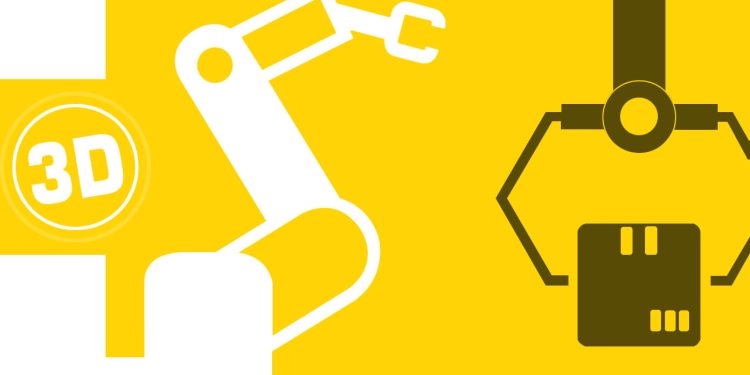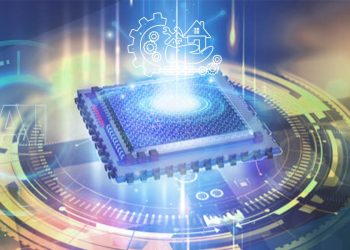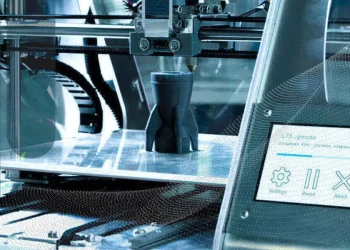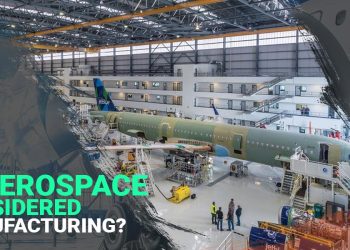Bastian Solutions worked with Fast Radius to produce a shuttle system that employs additive manufacturing to design and create a custom-designed modular robot operation. A Toyota Advanced Logistics North American corporation and material handling systems integrator–Bastian Solutions – has formulated a robotic materials handling system made with components produced through additive manufacturing. The method has enabled robot picker customization to suit each customer’s particular warehouse atmosphere.
Bastian Solutions operated with Fast Radius to develop an innovative additive manufacturing method for the shuttle system. HP Multi Jet Fusion 3D printers present in Fast Radius’ Chicago facility were used to additively manufacture the components, delivering improved productivity and decreased power consumption. Forty-five percent of the decisive build-of-material for the arm of the shuttle system was fabricated using additive manufacturing.
The Benefits of Additive Manufacturing
Determining the right printing material had an influence on the overall success of the shuttle operation. HP Multi Jet Fusion 3D printers accommodated in Fast Radius’ Chicago facility utilized nylon materials, three distinct grades. In industrial manufacturing, materials get used up at a faster pace, so the articles have to be tough. The 3D-printed elements also had to be lighter so we could use smaller motors to move items around faster. As per officials, robot arm tools are often significantly large. If one can print them out using a polymer, they can reduce the cycle time of the arm stroke by 20 percent. So, the choice of material is a subject of the action, agility, and cost reduction.
The design benefits of 3D-printed objects also came into working. As the company was experiencing a performance increase using the 3D-printed components. A lot of that is owing to the design autonomy in creating these parts. That also gave Bastian Solutions an improved time to market. That is because there is no tooling. Everything is manufactured as ordered. With these designs, customers can scale the parts to fluctuations in the servo. They can mount the digital model up and down. All told, speed-to-market was probably the most significant advantage.
The Customized Modular Robot
The Fast Radius program is designed to help businesses like Bastian Solutions identify potential applications, control engineering, and economic evaluations, accelerate innovative product development, and ultimately produce industrial-grade parts at the Fast Radius factory at-scale with the advanced additive technologies. From the inception, Bastian Solutions knew they wanted to use additive manufacturing to unfasten the full capabilities of this product. And all they required to make a modular robot with parts that could be effortlessly customized based on customer needs. Additive manufacturing uniquely empowers Bastian Solutions to customize and scale parts instantly per the customers’ requirements.
Sheer Materials in a Lattice Design
Part of the purpose of the shuttle system was to generate a design that would consume limited energy than traditionally designed systems. Bastian Solutions required the shuttle system to be more energy effective. To accomplish this, they required to manufacture lighter parts, and the design abilities and materials used in additive manufacturing conceded the Bastian Solutions to lightweight many of the pieces on the robot arm. In some occurrences, the company was able to replace metal parts with rigid polyamide elements.
The unusual design possibilities of additive manufacturing also contributed to the shuttle system’s progress. As the company utilized the lattice design – a technique especially made possible through study for additive manufacturing – and was able to achieve several of the unique properties that Bastian Solutions was looking for when creating the robot. Alongside the company also utilized lattice design to develop long-lasting, elastomeric flexibility for parts like the robot’s gripper pointers and joint bumpers.








